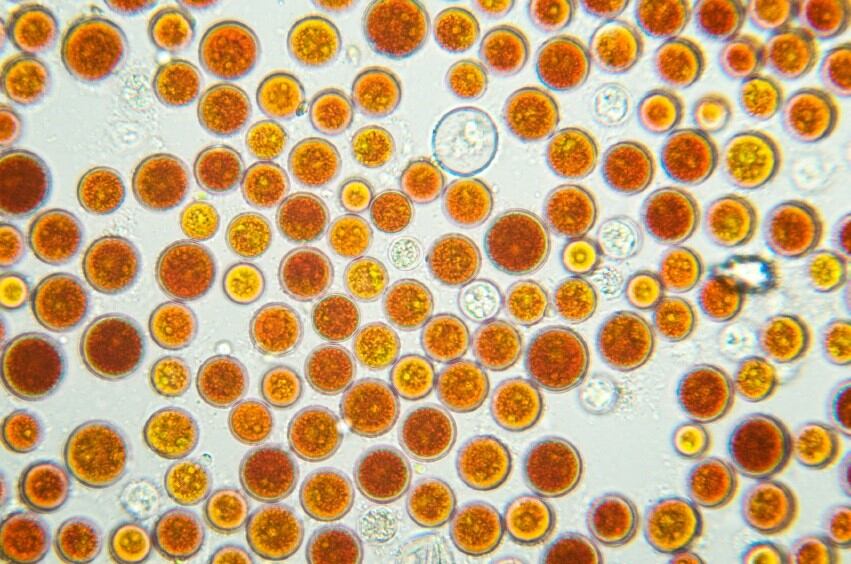The plant will be located in the municipality at the northwestern end of the island of Kyushu, southernmost of the four main islands of Japan. The plant’s location supplies one of the main ingredients for the cultivation of the phototrophic organism Haematococcus pluvialis, that being sunlight.
ASU spinoff
Sunlight is abundant in Heliae’s home turf, too, in the Sonoran Desert. The company is a spinoff from Arizona State University in nearby Tempe, where research into algae production systems has been underway for decades.
Heliae is starting to deliver on the promise it technology offers. The company designed its hyrbid production technology, which marries aspects of phototrophic and heterotrophic (fermentation-like) algae, in a plug-and-play way so that it can be quickly adapted to new sites and environments and can also be quickly scaled up.
“The real meat of this announcement is that Sincere Corporation had the opportunity to vet all the algae technologies out there, and they chose ours,” Nick Donowitz, director of development for Heliae told NutraIngredients-USA. “This technology is fungible and scalable.”
As far as adapting the technology to new environments is concerned, Kyushu is a good location, Donowitz said.
“Kyushu is definitely not Arizona, but there are adequate solar resources for algae cultivation there,” he said.
Technological advances
The company’s technology, which it calls Volaris, seeks to marry the best aspects of both heterotrophic and phototrophic organisms. The advantages of heterotrophic organisms are their vastly greater rate of growth, Donowitz said. “But then you are beholden to sugar as a feedstock. And you are limited on the scope of product development possible. With phototrophy, there are a lot of benefits, and a lot of optionality, but contamination and slow growth rates hurt facility economics.
“We have identified a hybrid approach. We have lower capital costs than heterotrophy and dramatically better optionality. As compared to phototrophy, our capital costs are similar but our growth rates are orders of magnitude better,” Donowitz said in an earlier interview about the scale up of its Arizona facility.
Demand for astaxanthin has been growing by leaps and bounds, but could have grown more quickly. Rather than having any concern about having missed the boat, Donowitz said the sector is poised for even stronger growth.
“The thing that has been holding back astaxanthin has simply been a lack of supply for natural astaxanthin. Demand for natural astaxanthin has been strong. We are an ingredient supplier and from our perspective this is a premium product and there are additional opportunities for growth out there,” he said.

Natural vs synthetic
One of the questions that has raised its head in the astaxanthin sector in recent years has been the natural vs synthetic debate. Recently DSM came to market with a nature identical form of the ingredient, and Florida-based supplier Valensa (which also extracts natural algae-derived astaxanthin) is close to market with its own ‘nature equivalent’ ingredient. Donowitz was unwilling to enter the debate about the relative merits of the different forms, and observed only that his company knows which side of their bread is buttered.
“We produce natural astaxanthin and that is the market that we serve. We have not joined the Natural Astaxanthin Association but we could be open to doing so,” he said.
Other ingredients
The facility in Japan will operate under the name for the joint venture: Alavita. Construction will begin in 2015 with completion and beginning of production set for 2016. It will be Heliae’s second astaxanthin facility. It has had a full-scale facility running since 2013 in Gilbert, after several years at the pilot stage.
Heliae is not stopping at astaxanthin, though that has been its initial focus.
“The unique feature of our platform is that we are marrying the biology to the engineering and technology. No strain is alike, so you are constantly tweaking the platform for the best outcome. We have a pipeline of products we are working on in the nutra, food, agricultural and personal care categories,” Donowitz said.
